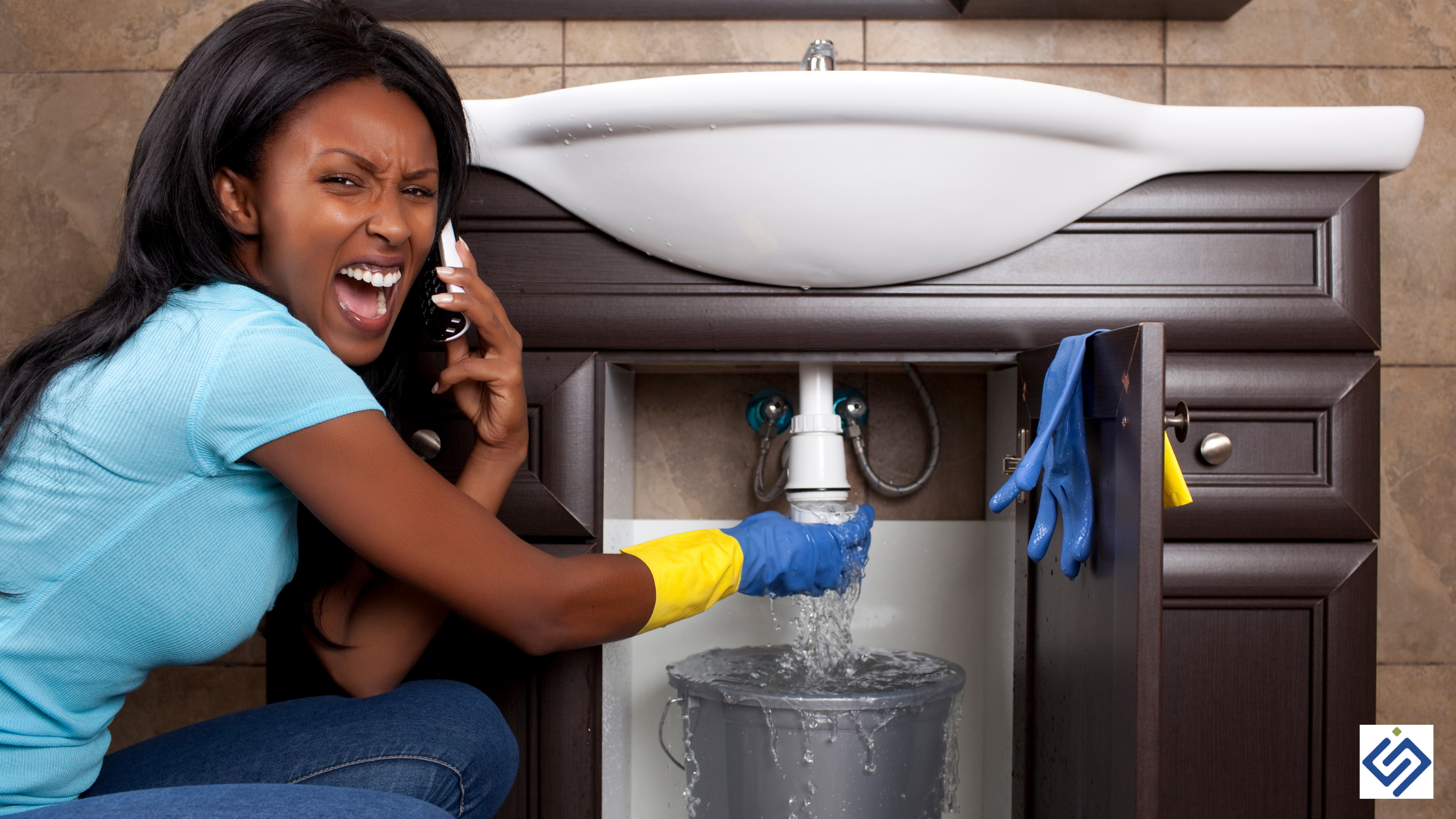Bathroom Water Damage - Ways To Stop This Happening
Course DetailHere below you can get lots of decent insights regarding Common Causes of Water Damage in a Bathroom.

The restroom is exceptionally susceptible for damp buildup and also potential water damages due to the regular use water in it. This article offers basic examination techniques to help finding water damage risks.
The frequent use water in the washroom makes it extremely prone for wet accumulation as well as prospective water damages. By inspecting it frequently, you can decrease water relevant problems.
The following set of evaluations is simple to carry out as well as must be done as soon as in every 3 months in order to maintain your bathroom in good shape and to prevent potential water damages triggered by the bath tub, the shower, pipe joints and plumbing, sinks, cupboards, as well as the bathroom
Do not forget performing these examinations and be comprehensive while doing them. Bear in mind that these basic assessments can conserve you a great deal of money by providing early indications for water damage
Bath tub and also Shower
The shower and also bath tub call for unique interest as well as maintenance. Check the tiles and change if fractured. Make certain that there is no missing out on grout between the tiles. Evaluate and also change broken caulking at joints where the walls meet the flooring or the tub. Clogged drains pipes and also pipes problems will certainly stop the bathtub from drying out as well as may show severe problems beneath the tub. Speak with a professional promptly to prevent architectural damage. Pay attention to stainings or soft areas around the bathtub wall surfaces as they may show an interior leakage.
Plumbing
Signs for water damages are hard to identify because most pipes are installed inside the wall surfaces.
Pay special focus to flooring and also walls dampness as well as spots as they may show an unnoticeable plumbing trouble. Inspect moisture degrees in adjoining rooms also.
Sinks and Cabinets
Sinks and also cupboards are exposed to dampness and moisture everyday and are commonly neglected. Evaluate frequently under the sink and on the kitchen counter above it. Fix any drip in the catch as it may recommend drain troubles. Take a look around the sink, slow-moving draining pipes might suggest an obstructed drain. Change sink seals if they are broken or loosened.
The Commode
The toilet is an at risk water junction. Inspect the water lines and look for leakages around the bathroom seat, in the tube, and under the water container. If you spot any kind of signs of wetness on the flooring around the commode, check for leakages in the toilet rim as well as container seals.
Understand that hanging commode bowl deodorants raises the chances for blockages.
Water Damage Signs In The Bathroom To Avoid Cleanup
Musty smell
This is one of the easiest signs to catch because musty smells are so odorous. The damp, earthy, moldy smell should be a big red flag. The smell will develop when moisture gets trapped in surfaces, and begins to facilitate mold growth. Leaking pipes under cabinets, inside walls, and behind shower fixtures will cause moisture to stay trapped and not dry, which will lead to mold growth and spread. As soon as you notice any musty smells in your bathroom, have it checked for hidden water damage and cleanup signs.
Visible mold
If the smell isn’t there to give it away, sometimes you will actually see mold growth. Finding mold in your bathroom is a serious problem, because mold is very harmful to your health. By the time mold growth is visible, it also means that water damage has already occurred and been present for some time. The only way the mold problem can be resolved is to find the source of the moisture and get it stopped. To safely and adequately remove mold, you need to have professionals handle the remediation. Do not waste any time in getting mold problems addressed, fixed, and sanitized so that you can protect you and your family from the many respiratory symptoms caused by mold exposure.
Damaged floors
Bathroom floors should be able to withstand some exposure to water while still remaining in good condition. However, when excess exposure or water leaks occur, they will begin to damage even the most water-resistant flooring. If you notice any cracking, bubbling, staining, or warping on your bathroom floors, there is probably a water leak somewhere causing the distortion. If you notice areas of the floor have become softer, or even have a spongy feeling, there is probably damage to the subfloor. Subflooring is typically made up of plywood. When plywood is exposed to water or moisture, it will absorb it. Once it has become saturated, the weight of the excess water will cause the wood to swell and soften. Check the floors in your bathroom frequently to catch any of these sings before they lead to damaged subflooring.
Changes on walls
When water leaks behind walls, it will cause changes in the drywall. Peeling plaster, blistering paint, and soggy wallpaper are all good indicators that excess water is building up behind the wall. Water leaking behind drywall will cause it to swell and be soft to the tough. If you start to notice gaps along the trim of your walls, or where tile meets the wall, it could also be a strong indicator that there is a leak behind the wall. Any changes, distortion, or damage on the walls should be evaluated as soon as you notice it to prevent further water damage and cleanup.

We were guided to that report on Looking for Signs of Water Damage in the Bathroom through a friend on another blog. So long as you appreciated our page if you please make sure you remember to share it. We treasure reading our article about How to Prevent Bathroom Water Damage.
Visit Website